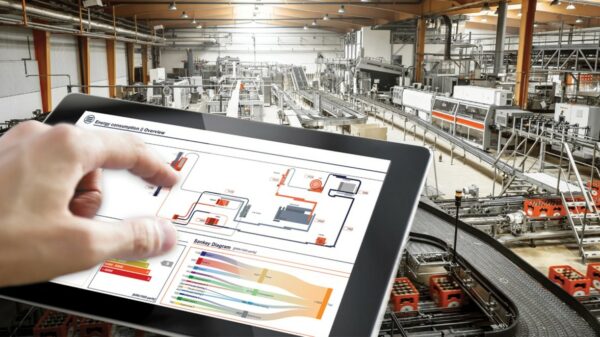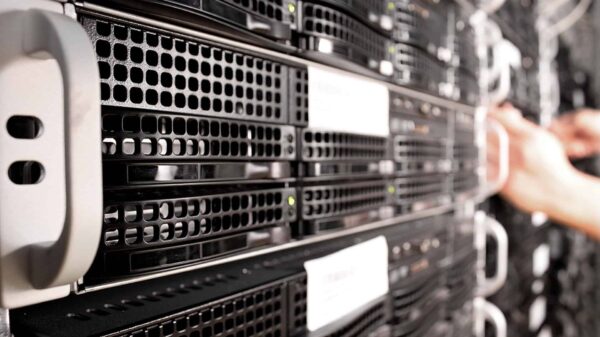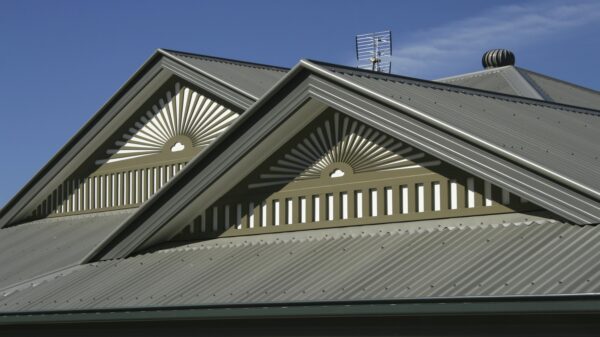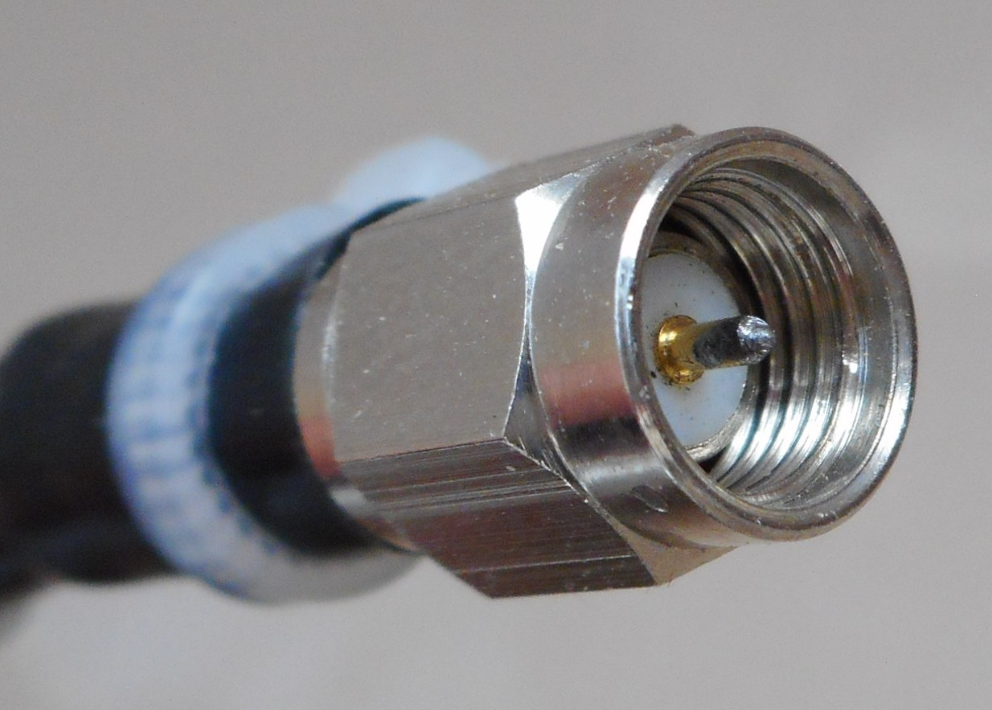What are coaxial cables? How are they made, and what makes them such a dominant factor in the world of connectivity and communication? There’s no doubt that from the television to internet connection, you can find them everywhere. Even in modern industrial applications, coaxial cables are prevalent. So, let’s dig deeper into their capabilities and learn what makes them such a fantastic tool.
Understanding Coaxial Cable
A coaxial cable is also known as a coax cable. It is an electrical cable and tool that uses a central conductor, often made up of copper or aluminium. Then there’s an insulated layer to provide proper support to the component. On top of the insulation, you will find a metallic shield, or sheet, that prevents interference from different signals and transmissions. It also prevents signal loss. And finally, there’s another layer of insulation made to withstand dust and other elements.
Modern innovations have led to improved materials, better flexibility, more durability and higher sustainability for the applications. If you’re looking for such advanced options, you can click here.
Why Use Coaxial Cable?
Coaxial cables are known for their versatility and ability to easily transmit a wide range of signals. You can use them to easily transmit audio and video signals. Modern upgrades in cox cables have also led to improvements in internet connectivity and data transmissions.
Coaxial cables are fantastic in offering signals and transmission for longer distances. They are especially good in areas where you need longer wires and cables for connectivity. That’s why you prominently find them in TV and closed-circuit television (CCTV).
The Relevance of Coaxial Cable In Today’s World
The good news is that most buildings, businesses, and homes have an existing infrastructure for coaxial cables. Modern innovations can leverage these infrastructures to provide new and better services with higher affordability. You don’t need to install a new internet or entertainment system. Many people admire the utility of coaxial cables and the industry. This newfound capability is primarily known as MoCA or Ethernet of Coax.
The Future of Coaxial Cable
There’s no doubt that fibre optics offer better speed and transmission, but they can be fragile. The same applies to wireless connectivity and unpredictable interference they face despite the advent of 5G. Meanwhile, Coaxial cables can still be adapted, and they are great to use in households where budget is a firm consideration.
Now, let’s take a look at a few of the reasons that keep coaxial relevant and a lucrative option for years to come:
The Tech Advancements
Just like how ethernet cable has existed for a long time but has undergone several upgrades, so have coaxial cables. You can even find coaxial cables that leverage the use of optic fibres in their construct. Older coaxial cables had issues with interference, but new advancements with better shielding eliminate that.
Improved Frequencies and Bandwidth
There’s no doubt that there will always be a continuous requirement to improve the frequency for signals and the bandwidth speed. Coaxial cables stand at the frontier as entry-level connectivity options that offer better frequencies and bandwidth with continuous upgrades.
The Power of 5G and Beyond
As 5G networks continue to expand, coaxial cables play a role in providing a backhaul for these connections. The 5G infrastructure and other modern eco-friendly initiatives can utilise coax cables to reduce carbon footprint and electronic waste. Coaxial cables have found themselves to be a contributor to offering 5G network compatibilities.
The Bottom Line
Hybrid networks are also under strict innovations for the future. We might see a new overlay of various connectivity options working together. Coaxial cables can seamlessly integrate with fibre optics and wireless technologies, creating robust and flexible network infrastructures.































































You must be logged in to post a comment Login